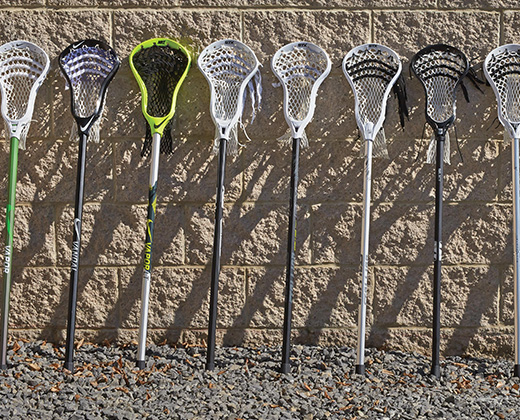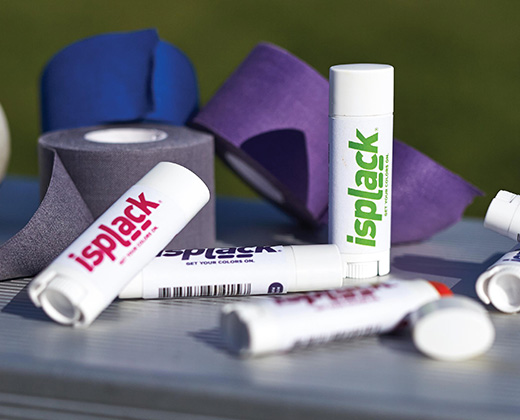How and Why to Tape Your Lacrosse Stick
Get a strong grip on your lacrosse game with these tips on taping your stick.
A properly taped lacrosse stick could make a difference in your game. Speciifically, it could be the difference between a successful shot and your stick flying out of your hands and across the field. From personal, pre-game rituals to guarding against the elements, discover why lacrosse players tape their sticks and how they do it.
BENEFITS OF TAPING A LACROSSE STICK
“Taping lacrosse shafts is a really important part of players’ games,” says Greg Kenneally, Co-founder of East Coast Dyes Lacrosse. “It’s a very personal touch and, for some people, it’s even a ritual they do before every single game.”
While taping may be part of some players’ pre-game routines in order to get focused, the biggest reason to tape your stick is for in-game benefits.
Lacrosse shafts can often be slick. This is especially the case when it’s raining or wet outside and you’re wearing your gloves. Taping your stick can help add grip so you can have a better handle on your stick, which could ultimately help improve the power you get on your shots.
For many players, taping can also act as a teaching aid. A common technique is to put tape where your bottom hand holds the stick and where your top hand naturally lands when you’re throwing or catching. This way, your hand will find exactly where it needs to be while passing and shooting.
HOW TO TAPE
Taping your stick is a simple process that doesn’t require much gear. You can use lacrosse-specific tape, but any form of athletic tape can get the job done.
Before you begin taping your stick, you should wipe down the shaft with warm water to get rid of any dirt and debris so that the tape easily adheres. Be sure to dry your stick well before taping.
To tape your stick, follow these steps:
- Unroll a few inches of tape and begin wrapping it at the butt end of your stick. You should work your way from the bottom to the top of the shaft
- While rotating your stick, spiral the tape as tightly as possible around the shaft so that the tape is flat with no gaps
Once you have finished taping your shaft, tape over the butt end to help ensure it is locked into place.
Each player can individually decide how much tape they want and where they want that tape to be. Some may choose to tape the entire stick, while others may focus only on the butt end.
“Where you put it is totally up to you, and I think that will evolve as you learn to play and go through in your career,” says Kenneally.
While your taping methods may change over the years, these tips can help you learn the basics of taping your lacrosse stick.








